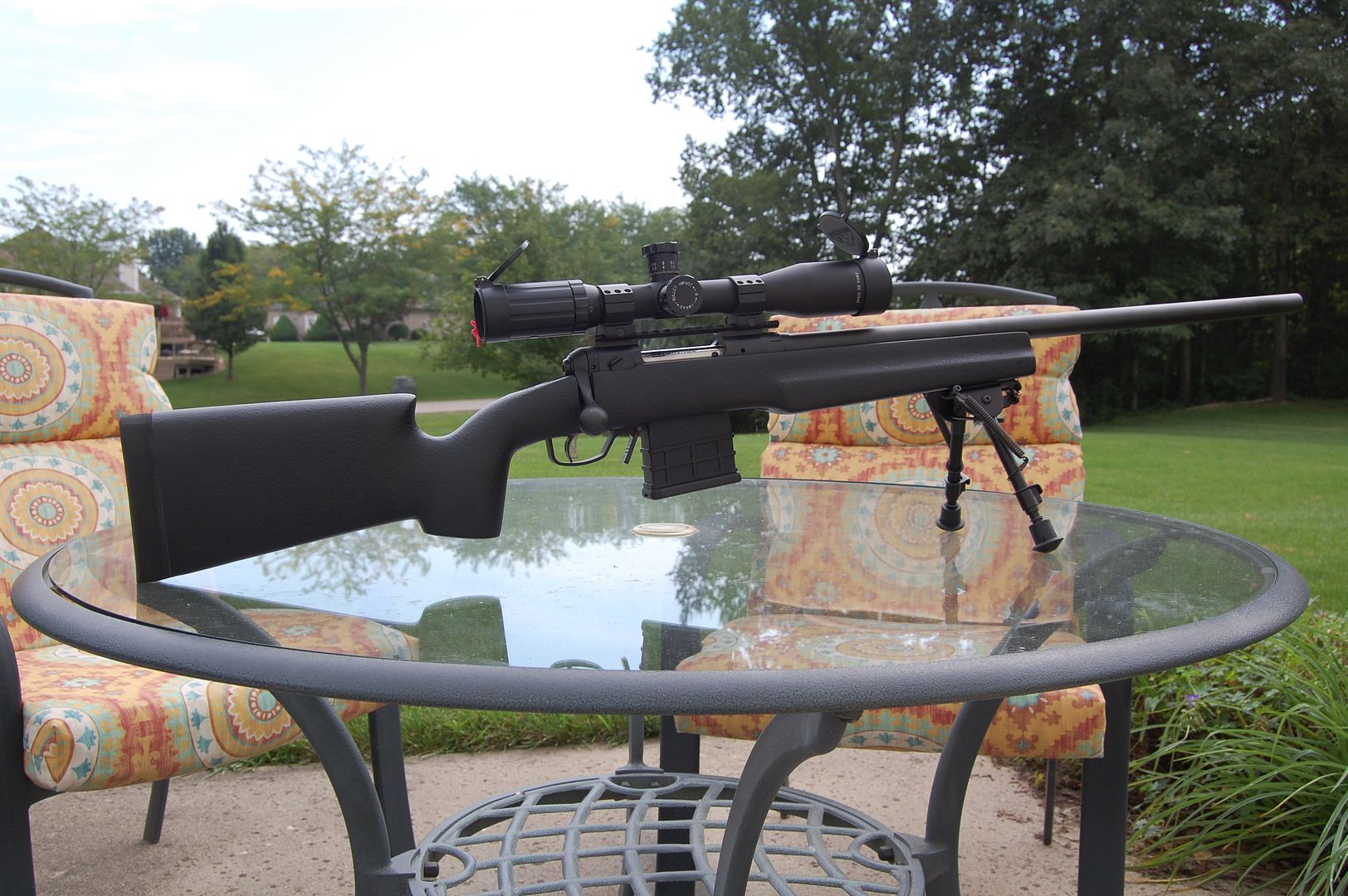
Originally Posted by
upinthehills

I learned a little more about the Boyd's stocks, but I'm reconsidering the order to make changes to my rifle. Sometimes Boyd's specifies a barrel channel of .930 for a bull barrel and sometimes 1 1/16". Then they don't always offer you the choices of laminate and only the black paint. So you really have to grovel thru their site to get what you want, a model 11 bull barrel is different than a model 12 bull barrel.
Now I'm thinking getting started on reloading might be a better first choice for me. Saving money on ammo would pay for the stock, and getting range practice is probably what will improve me the most right now. The price was $28 for a box of Federal Gold Match last time.
What I'd like advice on is the types of parts to get for reloading and also the order to buy them. It occurred to me the order is important because spreading the costs over several months sort of puts my new hobby under a certain threshold in terms of things really standing out on my card statement, LOL. This is just a theory at the moment, we'll know if that works in 2 or 3 months.
My thought is that at least the first time or two I can reload my Federal brass which I have saved, then move up to the Lapua cases. I have measured a couple of fired cases and they are the same length as the new ones so I don't think I need to buy a case trimmer up front.
From what I've seen, I like the Redding mechanical scale because it has the little marks that show how far off the balance is at the end of the arm. It should be accurate to a fraction of .1 grains. Or I could start with a cheap electronic scale for the first months, it would be better for weighing things like bullets or my .22 ammo. Not sure if I would learn anything from that though.
I'm thinking of starting with the LE Wilson hand dies for neck sizing and bullet inserting because that would avoid buying a big press right away. I only have one centerfire gun so neck sizing might be enough for a couple of reloads per case? I did see a comment somewhere that these dies do not allow for compressed loads? Is thqt a problem right away?
I am really surprised at the number of powders available and also that there is not more information available on them. I think what I want is very consistent ammo, so looking for powder with low temperature variation and maybe also low copper fouling. Modern powders may be better about these things, but I can't even tell which ones are the modern powders in many cases.
My shooting will mostly be 100-300 yards ( all at targets ), but I found a 1000 yard range I'd like to try this year too. The shorter ranges are a priority getting started.





 Reply With Quote
Reply With Quote





Bookmarks